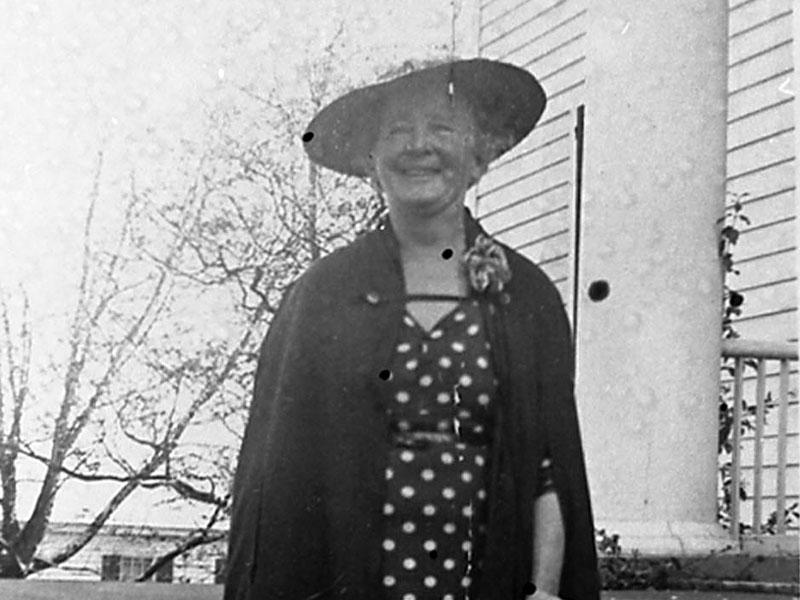While the tourist industry flourished, the hydroelectric industry was just beginning to expand in Georgia. Soon after the turn of the century, several corporations vied for the right to develop Tallulah Falls. In 1909 the Georgia Power Company purchased a significant tract of land from Moss for $108,960 and began work on a dam. After experiencing financial difficulties with the project, Georgia Power merged with both the Morgan Falls hydroelectric plant on the Chattahoochee River and the Georgia Railway and Electric Company, forming the Georgia Railway and Power Company (GR&PC) in 1912. As development of the dam continued, Helen Dortch Longstreet, the widow of Confederate general James Longstreet and a resident of nearby Gainesville, feared that its construction would destroy the falls and detract from the area’s beauty. In 1911 she organized the Tallulah Falls Conservation Association to stop the dam’s construction and turn the area into a state park. Her efforts launched one of the first conservation movements in Georgia. Longstreet’s successful lobbying of the state legislature in 1912 forced the attorney general to bring suit against GR&PC, but the power company prevailed the following year in a Rabun County jury trial and in a subsequent appeal to the state supreme court.
